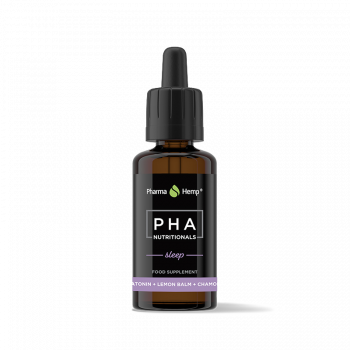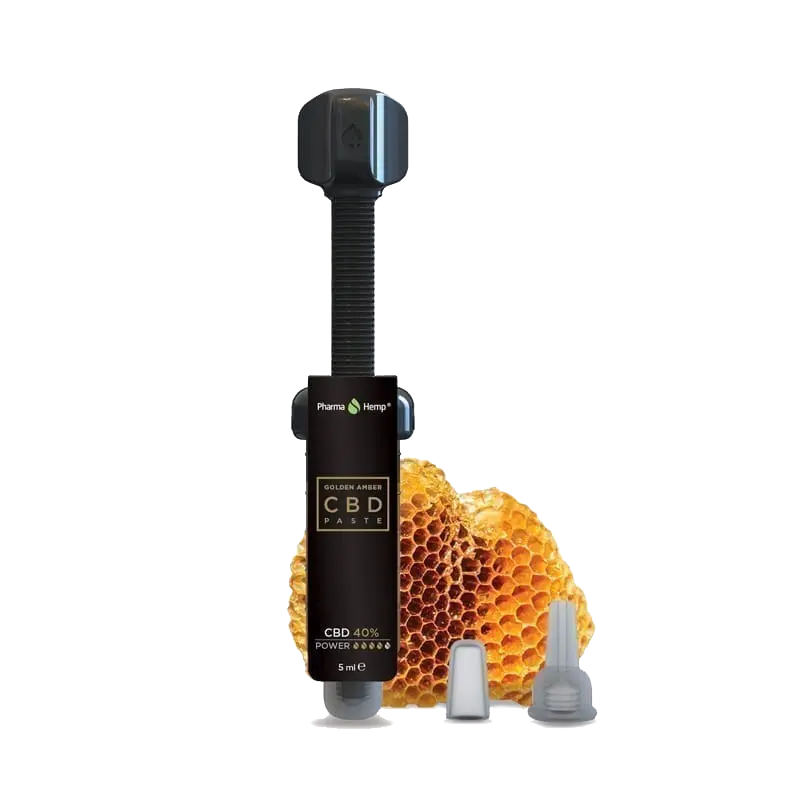The History of CBD
Roots of the cannabis plant
The cannabis plant is indigenous to the Indian subcontinent (Central Asia). Its first cultivation started around 10.000-12.000 years ago. They probably used it for textile fiber. It is hard to pinpoint when exactly CBD usage started, but we know that it was several thousand years ago.
The first documented use of cannabis-derived medicine was in 2737 BC by Chinese Emperor Sheng Nung. He drank cannabis-infused tea. It was believed to treat gout, malaria, and rheumatism. A Chinese medical collection from 1 AD mentions cannabis as a cure for over 100 medical issues.
Interestingly, the first use of cannabis for skincare can be traced all the way back to Ancient Egypt. Pharaoh Ramses II, who governed from 1279 – 1213 BC, was an enthusiastic cannabis user, and he encouraged others to make use of the plant.
Moving to more modern times
In the 1500s, King Philip of Spain arranged hemp cultivation throughout the empire, introducing the products to modern society.
Hemp was considered an essential crop during the reign of King Henry VIII. He fined farmers for not growing hemp in 1553.
Even Queen Victoria used CBD to alleviate menstrual cramps during her reign, which ended in 1901.
Despite some prohibitions, most countries accepted the use of cannabis until the beginning of the 20th century.
In the last 100 years
Throughout history, cannabis has served as a valuable therapeutic resource. However, during the rise of modern medicine, it was not recognized by most in the medical community due to a lack of scientific evidence.
CBD was first discovered in 1940 by Roger Adams. He isolated CBD (and CBN) from the hemp plant. However, when he separated CBD as an isolated chemical compound from the rest of the plant, he didn’t exactly describe its chemical structure.
Years later, in 1963, an Israeli scientist, Dr. Raphael Mechoulam, identified the structure of CBD. His research earned him the title “Godfather of Cannabis Research.”
In 1988, Allyn Howlet and William Devane were the first to discover a cannabinoid receptor. This made them realize that if the body had cannabinoid receptors, it must produce them naturally.
In 1992, along with Devane, Lumir Hanus, and others, Mechoulam discovered 2-AG and anandamide, two of the major cannabinoids produced by the body. It was excellent news regarding the government’s acknowledgment of CBD as an effective medicine and opened a door to greater acceptance of CBD.
Major scientific discoveries along the way have unlocked new support for cannabidiol. This includes the discovery of the ECS and the idea that CBD could help those with epilepsy. By 2020, the global value of the CBD industry was estimated at over 2,5 billion Euros, and it is only getting started.
The future of CBD
While ancient civilizations celebrated cannabis and hemp, the 21st century brought about a contrasting perception. Only two areas hinder the progression of CBD as a medicinal herb: The stigma associated with cannabis and the lack of clinical research on its therapeutic uses. A change in the mental orientation of scientists and the public will mark the beginning of a new path for CBD and hemp-derived supplements.
Estimates vary, but the CBD market’s value could exceed 10 billion Euros worldwide by 2028.



 Slovenščina
Slovenščina Deutsch
Deutsch Español
Español






